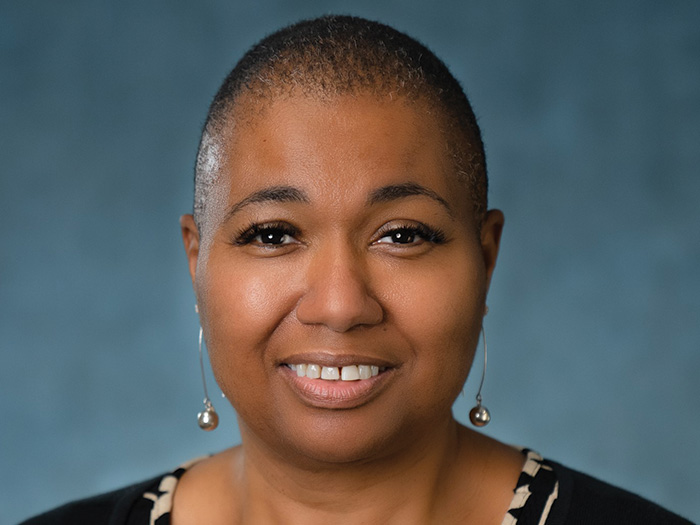Cost of Competition
The High Cost of Insuring Student Athletes

Current deliberations by the South Dakota Board of Regents highlight the increasing cost of insuring intercollegiate student-athletes.
Within the next couple of weeks, the board will address the difficult issue of providing secondary insurance coverage for student athletes at the six state public universities, according to spokesperson Kayla Bastian.
Whatever the regents decide, it will be expensive. The six universities are facing an increase that more than doubles the secondary insurance provided to NCAA school athletes, which covers gaps in the primary insurance paid by the athletes and their families.
The regents paid a total of $618,460 in premiums in 2013 for their athlete policies. The projected total for 2014 premiums is nearly $1.4 million. A $3,000 deductible would lower the cost to slightly under $1 million.
Secondary insurance covers practice, play and travel to and from for athletes, said Bryan Cronen, president of Kalamazoo, Mich.-based First Agency, which provides more than 200 intercollegiate athletic programs with secondary insurance. It does not include student-led practices, individual workouts and conditioning sessions outside of the official season.
Secondary policies only cover athletic injuries that occur during the official NCAA 18/19 weeks of practice and playing season, he said.
“These policies do not cover any health-related issues,” Cronen added. “It doesn’t cover flu or a cold. It’s only going to pay for an athletic-related injury.”
Primary health insurance is via a student-athlete’s own personal insurance through Mom and Dad, he said.
“Secondary insurance policies are purchased through agencies such as ours,” said Cronen. “The intent is to pick up all of the out-of-pocket costs after the athlete’s primary insurance.”
Like other NCAA schools, Florida Gulf Coast University requires that all of its student-athletes have primary insurance.
According to Brittany Loring, assistant athletic trainer/insurance coordinator at FGCU, the intent is “to avoid out-of-pocket expenses in the event of an injury, as a condition to participation in intercollegiate athletics.”
The policy must have full network benefits that are payable in Florida and more specifically, Southwest Florida.
Loring said that it is also important to note that any lapse of primary coverage can lead to prior injuries being classified as pre-existing conditions and thus may not be covered. Sports-related injuries are those that occur during a university sanctioned intercollegiate athletic event and under the direct supervision of a member of the FGCU coaching staff.
The NCAA sponsors a catastrophic injury insurance program covering a student-athlete who is catastrophically injured while participating in an intercollegiate event.
The policy has a $90,000 deductible and provides policy benefits in excess of any valid and collectible insurance.
This program is all the more important in the light of the concussion lawsuits brought by former National Football League players and the implications for similar injuries to intercollegiate athletes.
The most glaring problem in the NCAA’s health care is that once a student-athlete is no longer enrolled in a university program and under scholarship, they no longer receive any medical help from their school, experts said. That is a big problem for former athletes who have injuries that limit mobility, affect quality of life and impede the ability to find jobs.
Another problem for intercollegiate student-athletes is that NCAA scholarships are renewable on a one-year basis. This allows coaches to refuse to renew the scholarship of a player who isn’t healthy enough to play.
According to the NCAA, an athletic institution must provide a secondary policy covering student athletes or they must certify that each athlete has insurance coverage.
“So there are some schools,” Cronen said, “that don’t buy a secondary insurance policy and thus they have to go through a certification process to make sure all their athletes are covered up to $90,000 per claim, which is where the catastrophic coverage starts for NCAA schools.”










